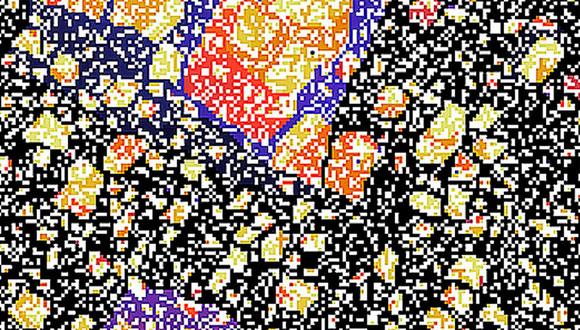סמינר לפיזיקה של מערכות ביולוגיות וחומרים רכים: Metal- And Graphene-Induced Energy Transfer Imaging
Joerg Enderlein, Georg-August-University Göttingen
Zoom: https://tau-ac-il.zoom.us/j/88904888353?pwd=dDIwaXRxSjlsVElkR0dXdTNPTGhnZz09
Abstract:
Metal-Induced Energy Transfer (MIET) Imaging is a recently developed method [1] that allows for nanometer resolution along the optical axis. It is based on the fact that, when placing a fluorescent molecule close to a metal, its fluorescence properties change dramatically, due to electromagnetic coupling of its excited state to surface plasmons in the metal.
This is very similar to Förster Resonance Energy Transfer (FRET) where the fluorescence properties of a donor are changed by the proximity of an acceptor that can resonantly absorb energy emitted by the donor. In particular,
one observes a strongly modified lifetime of its excited state. This coupling between an excited emitter and a metal film is strongly dependent on the emitter’s distance from the metal. We have used this effect for mapping the basal membrane of live cells with an axial accuracy of ~3 nm. The method is easy to implement and does not require any change to a conventional fluorescence lifetime microscope; it can be applied to any biological system of interest, and is compatible with most other super-resolution microscopy techniques that enhance the lateral resolution of imaging [2-4]. Moreover, it is even applicable to localizing individual molecules [5-6], thus offering the prospect of three-dimensional single-molecule localization microscopy with nanometer isotropic resolution for structural biology. I will also present latest developments of MIET where we use a single layer of graphene instead of a metal film (graphene-induced energy transfer or GIET) that allows for increasing the spatial resolution down to a few Ångströms [7-9].


